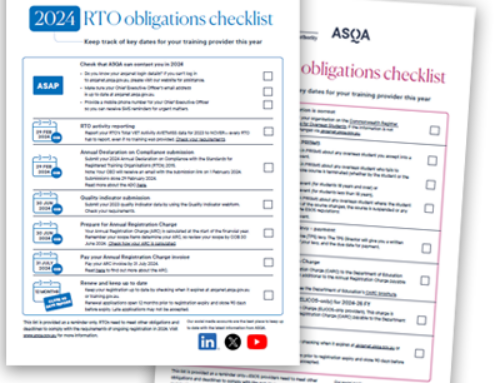No technology has advanced from a novel idea to practical application more quickly than AI. The introduction of ChatGPT earlier this year raised existential concerns about scholarly integrity and the value of many college assignments. Now that many AI products incorporate images, videos, and text, their already powerful features are strengthened. Edtech products are also following this trend.
While adding value (and novelty) to classrooms, these tools also raise a new set of problems that need to be taken into account. Particularly, AI calls into question issues of student data privacy, equal access, and curriculum relevance. However, it’s crucial to take into account tried-and-true technological solutions for colleges that deal with current issues. These choices can lessen reliance on various tools or improve the effectiveness and efficiency of operations.
Chat-based services
Numerous studies have demonstrated that providing students with individualized support and tutoring results in significant learning gains. Private tutoring, however, can be very expensive, and free services frequently lack adequate resources. As a scalable solution, virtual instructors who communicate with students via text or video have emerged. These services offer private tutoring as well as options tailored to particular subjects, like online reading tutoring. When colleges utilize these services, it creates a more equitable learning environment by making tutoring available to all students.
Resources access and teachers engagement
A genuine issue that is probably going to get worse is the teacher shortage. The lack of substitute teachers is causing colleges to scramble and may reduce teacher planning time because other teachers are required to cover classes. Using centralized networks, colleges can browse sites to find replacements. Potential replacements can go to one location to find opportunities at numerous colleges. To help with the teacher shortage, there are even emerging strategies to hire long-term online instructors for physical classrooms.
Mobile notifications
Many colleges still rely on teachers to keep a paper roster of students in their classes, their grades, and their attendance, which wastes time and is inefficient. Using mobile devices for staff and students to ensure communication is a better solution. Automated notifications with check-in prompts can be easily sent to students, teachers, and administrators. Updated data can also be sent automatically to administrators to aid in decision-making. This technology is simple to use and makes use of equipment that many educators and students already own.
Conclusion
The time is now for administrators to recognize problems as they arise, locate tools that address problems, and make sure tools have as many applications as possible. The rapid implementation of AI-based tools in colleges may cause more problems than they solve. Administrators should prioritize the essential technological solutions that address actual problems in higher education before investing in artificial intelligence.
For colleges and universities to access timely information and connect with support service staff and teachers to receive individualized support, Educli has created an AI-powered chat and student app.
Contact us today to discuss edtech options for your college.
#educli #crm #edtech #ai #elearning




